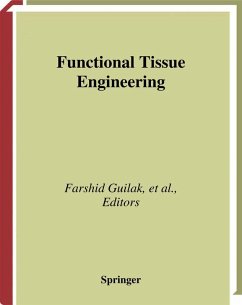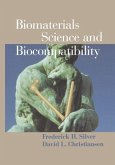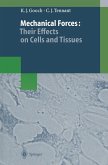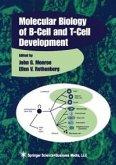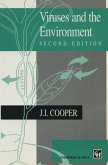The goal of "tissue engineering" is to repair or replace tissues and organs by delivering implanted cells, scaffolds, DNA, proteins, and/or protein fragments at surgery. Tissue engineering merges aspects of engineering and biology, and many rapid achievements in this field have arisen in part from significant advances in cell and molecular biology.
Despite its early successes, however, tissue engineers have faced challenges in repairing or replacing tissues that serve a predominantly biomechanical function. This book addresses and discusses a number of issues that need to be addressed in order for tissue engineers to effectively repair or replace these load-bearing structures. What are the thresholds of force, stress, and strain that normal tissues transmit or encounter? What are the mechanical properties of these tissues when subjected to expected in vivo stresses and strains, as well as under failure conditions? Which of these properties should a tissue engineer insist upon incorporating into the design? Do tissue engineered repairs and replacements need to exactly duplicate the structure and function of the normal tissue or organ in order to be successful? When developing these implants in culture, how do physical factors such as mechanical stress regulate cell behavior in bioreactors as compared to signals experienced in vivo? And finally, can tissue engineers mechanically stimulate these implants before surgery to produce a better repair outcome?
Chapters written by well-known researchers discuss these matters and provide guidelines and a summary of the current state of technology in functional tissue engineering. The book will be useful to students and researchers as it will increase awareness among tissue engineers of the importance of restoring "function" when engineering tissue constructs, and identifying the critical structural and mechanical requirements needed for each construct. It will also provide an invaluable source of information to help tissue engineers incorporate these functional criteria into the design, manufacture, and optimization of tissue engineered products. Finally it serves as a reference and teaching text for the rapidly increasing population of students and investigators in the field of tissue engineering.
Despite its early successes, however, tissue engineers have faced challenges in repairing or replacing tissues that serve a predominantly biomechanical function. This book addresses and discusses a number of issues that need to be addressed in order for tissue engineers to effectively repair or replace these load-bearing structures. What are the thresholds of force, stress, and strain that normal tissues transmit or encounter? What are the mechanical properties of these tissues when subjected to expected in vivo stresses and strains, as well as under failure conditions? Which of these properties should a tissue engineer insist upon incorporating into the design? Do tissue engineered repairs and replacements need to exactly duplicate the structure and function of the normal tissue or organ in order to be successful? When developing these implants in culture, how do physical factors such as mechanical stress regulate cell behavior in bioreactors as compared to signals experienced in vivo? And finally, can tissue engineers mechanically stimulate these implants before surgery to produce a better repair outcome?
Chapters written by well-known researchers discuss these matters and provide guidelines and a summary of the current state of technology in functional tissue engineering. The book will be useful to students and researchers as it will increase awareness among tissue engineers of the importance of restoring "function" when engineering tissue constructs, and identifying the critical structural and mechanical requirements needed for each construct. It will also provide an invaluable source of information to help tissue engineers incorporate these functional criteria into the design, manufacture, and optimization of tissue engineered products. Finally it serves as a reference and teaching text for the rapidly increasing population of students and investigators in the field of tissue engineering.
Dieser Download kann aus rechtlichen Gründen nur mit Rechnungsadresse in A, B, BG, CY, CZ, D, DK, EW, E, FIN, F, GR, HR, H, IRL, I, LT, L, LR, M, NL, PL, P, R, S, SLO, SK ausgeliefert werden.
From the reviews:
"Functional Tissue Engineering is a useful compilation of research by contributors involved in developing tissues ... . It is not easy to extract a decent book from a conference, but the editors have done a very good job ... . it will be an invaluable source for those starting a PhD ... . I recommend it to those embarking on or already involved in engineering structural tissues. ... The chapters are well written ... . The book is clearly focused to encompass practical issues, such as the need to create appropriate biomechanical environments ... ." (Sheila MacNeil, Materials Today, July/August, 2005)
"Functional Tissue Engineering is a useful compilation of research by contributors involved in developing tissues ... . It is not easy to extract a decent book from a conference, but the editors have done a very good job ... . it will be an invaluable source for those starting a PhD ... . I recommend it to those embarking on or already involved in engineering structural tissues. ... The chapters are well written ... . The book is clearly focused to encompass practical issues, such as the need to create appropriate biomechanical environments ... ." (Sheila MacNeil, Materials Today, July/August, 2005)

